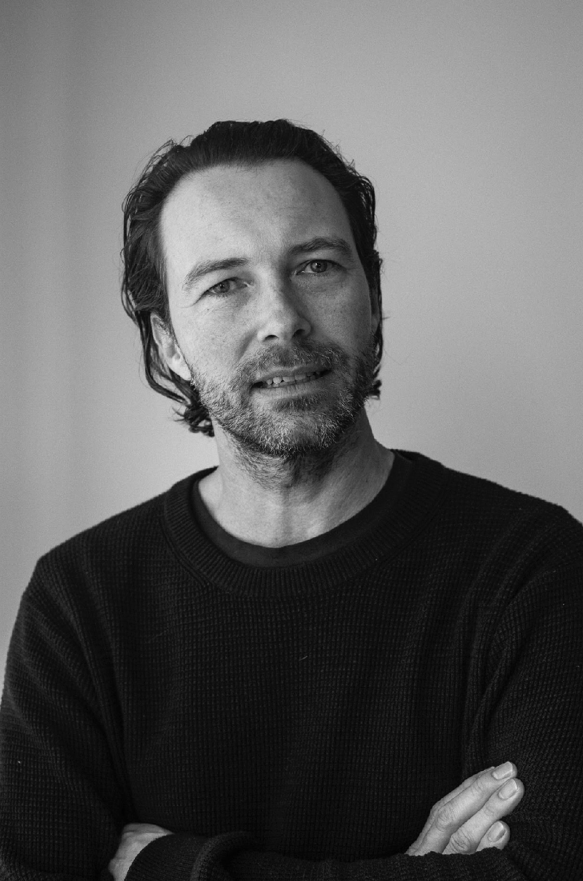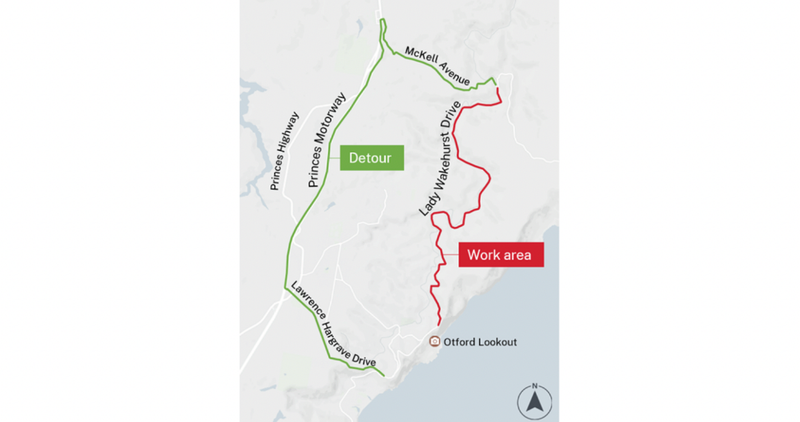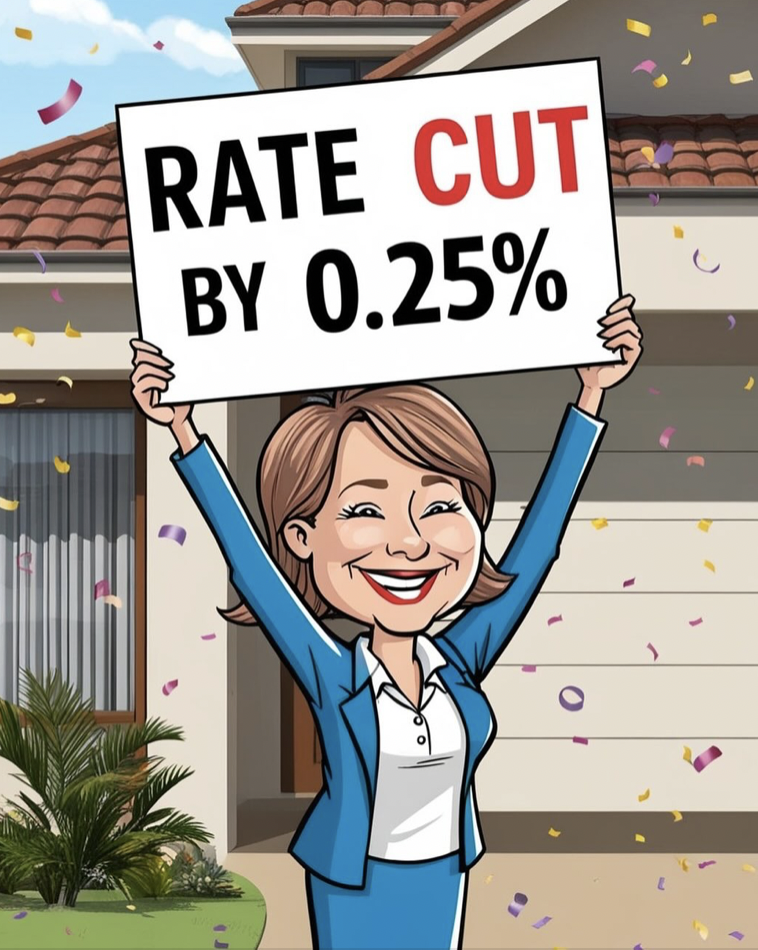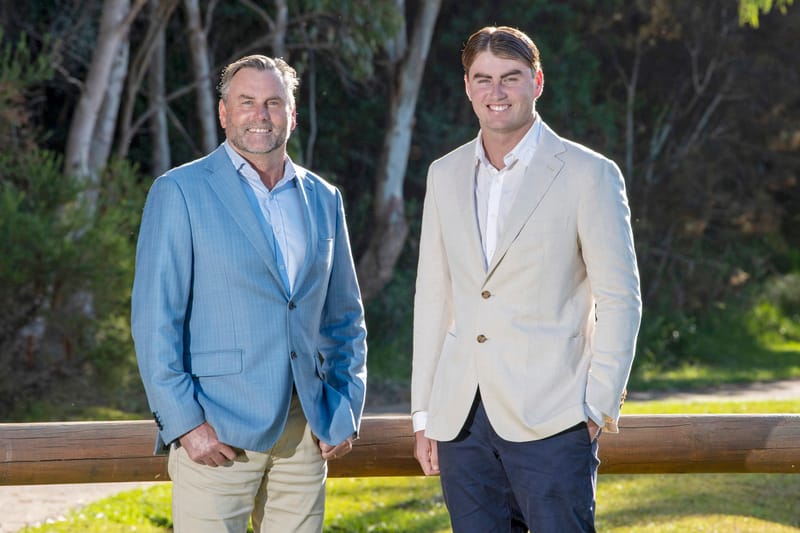Let’s talk about Sustainability
I really want us all to live sustainable lives, but I think we need to think towards a more resilience-type angle. In my mind, our recent extreme weather events are an indication that we need to better prepare for a more unpredictable future (aka, the New Normal).
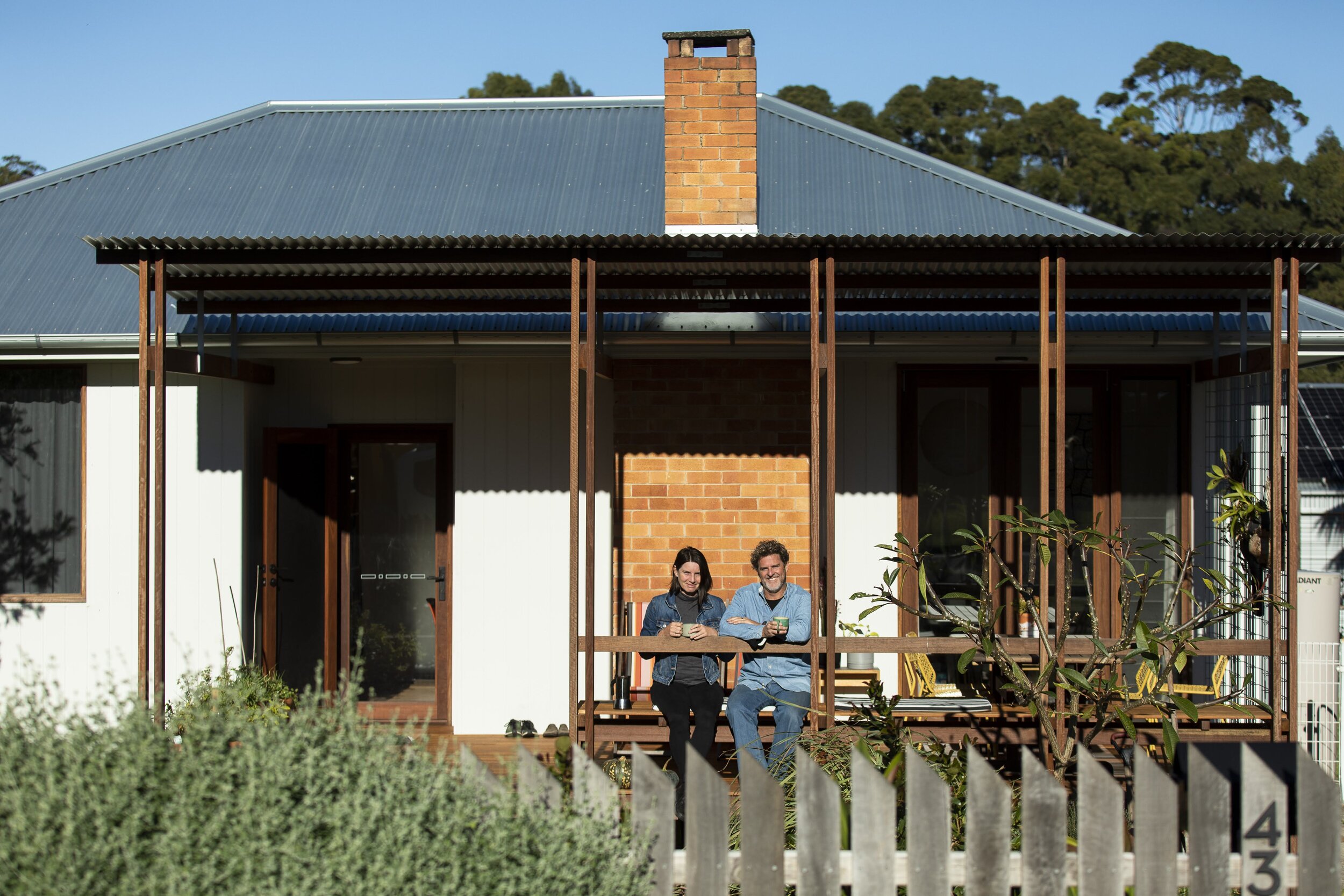
Or, more importantly, let’s talk about resilience. The two go hand in hand. The way I see it – sustainability is an optimistic act of reducing our impact on the planet (i.e. living within its means). On the other hand, resilience is a more stoic approach, understanding that there’s a good chance that we (including previous generations) have already lived beyond our means and therefore asks the question: what can we do to prepare for the effects of our environmental impact?
Since the pandemic there’s been a lot of talk about the “New Normal”. Whilst I firmly sit in the resilience camp, I would like you to consider a new normal as not just a pain in the arse – wearing masks to go shopping, or the ever-increasing cost of things, or Vladimir Putin – but a chance to re-evaluate. This is a moment in time where we can shape our new future in the face of ever-increasing instability, both geopolitically and environmentally.
I really want us all to live sustainable lives, but I think we need to think towards a more resilience-type angle. In my mind, our recent extreme weather events are an indication that we need to better prepare for a more unpredictable future (aka, the New Normal).
Luckily, the more sustainable a life you live, in general, the more resilient you will be: think well-insulated homes; think homes built high off the floodplain, but not on a forested ridgeline; think passive design; think locally sourced materials; think circular economies; and the list goes on.
If you can produce your own energy (i.e. solar), capture your own water (i.e. water tanks), grow some, if not all, of your own food (i.e. permaculture) then when Murphy’s Law throws a dose of chaos into your life, you can say: “I got this.”
Once you start harnessing energy, water and food, you will most likely want to join a community group of like-minded individuals to share ideas and knowledge on the best way of harvesting and harnessing. And the one thing that pretty much every study into longevity of life amongst humans uncovers – it’s connection to community. Boom!
But how do people who don’t own land get in on this resilience vibe? There’s no reason you can’t, as a first step, join the communities of like-minded people working towards sustainable/resilient living.
And that leads me to my local permaculture precedent – Saltbush Projects. I’ve visited many an urban farm or so-called self-sustaining home in the city, but these guys are setting a precedent. If you visited their permaculture paradise during their open house last year, you’d know how a small quarter-acre block can be transformed into a lean green resilience machine. Outside of their permaculture garden, to keep their carbon footprint low, rather than knocking down and starting again, they have made strategic architectural improvements on the existing mid-century asbestos shack, including a delightful north-facing sun deck. (Read their full story on their website journal at www.saltbushprojects.com/journal.)
Their home and way of life is a model of sustainable and resilient living. Follow them on Instagram so you can go to the next open house and breathe in the new normal!

